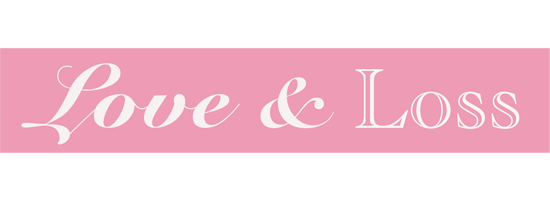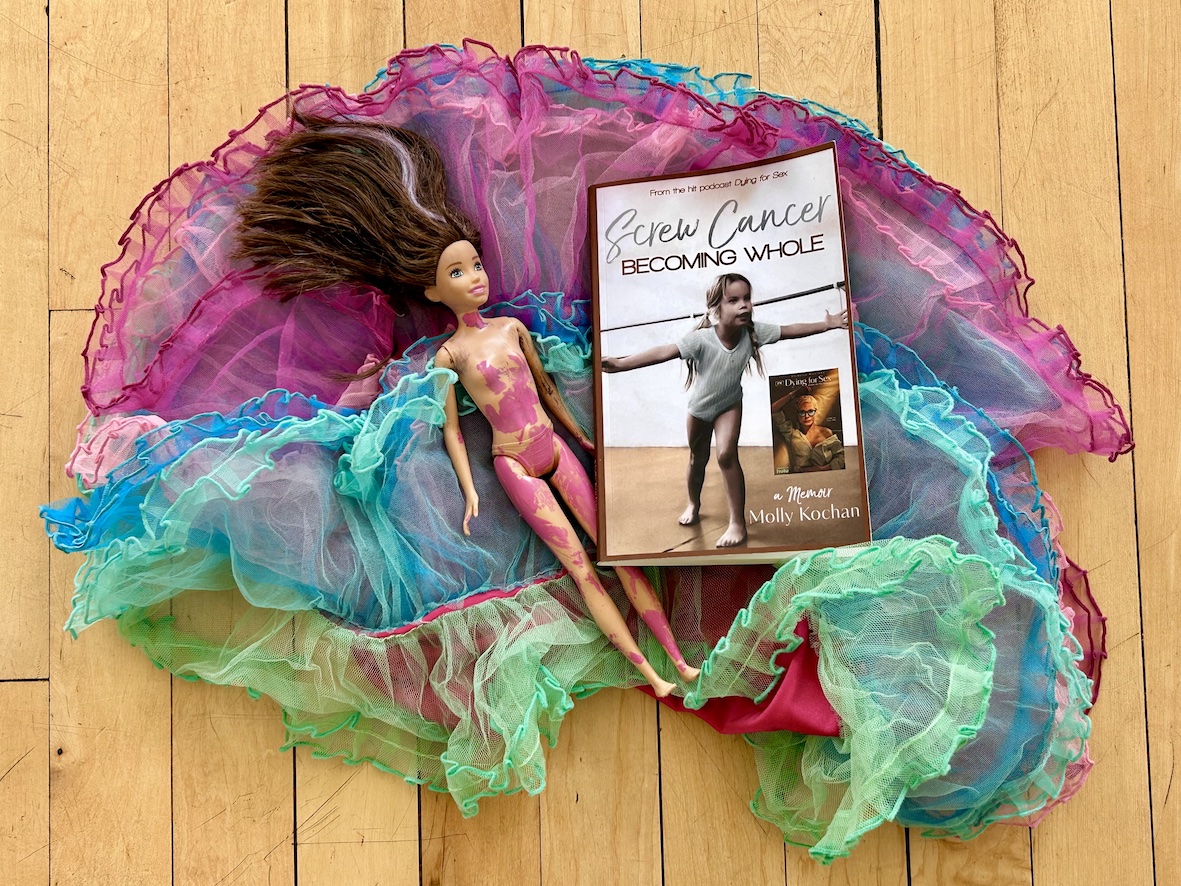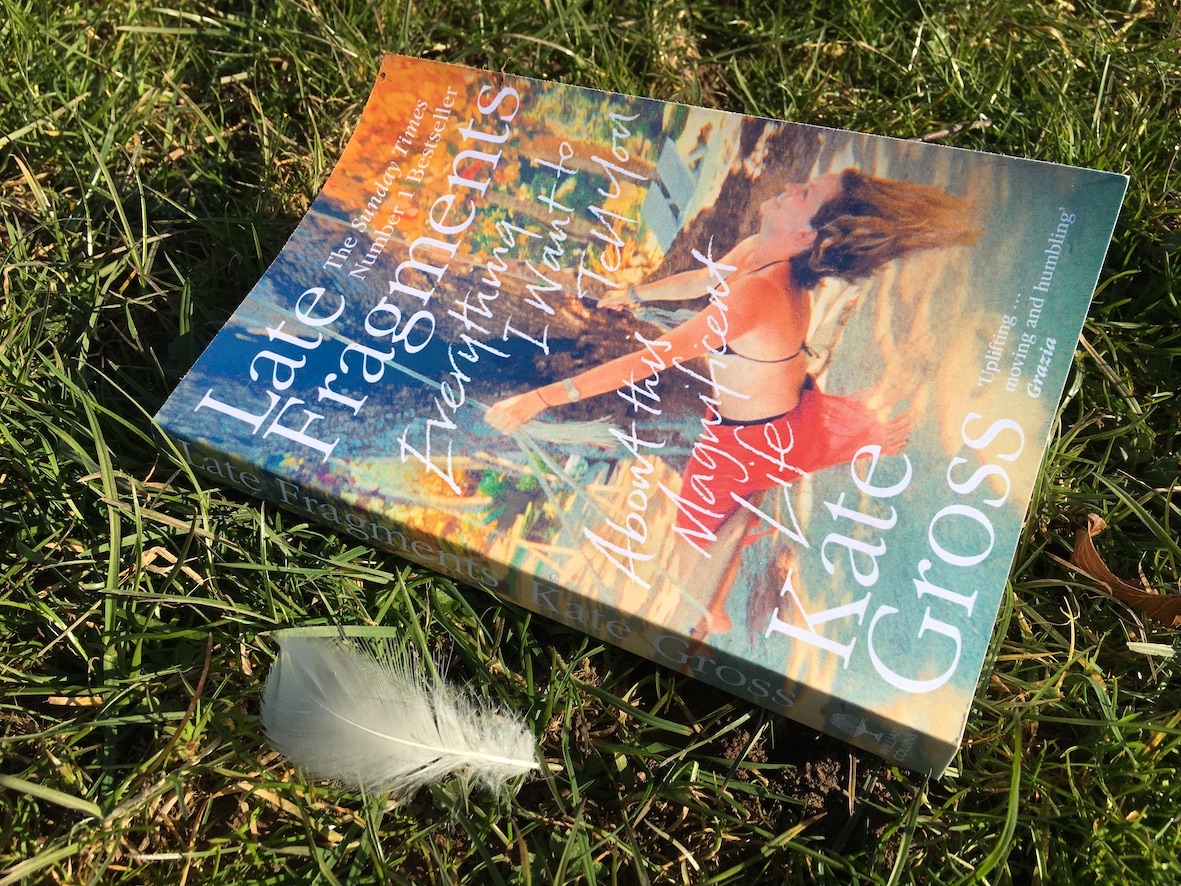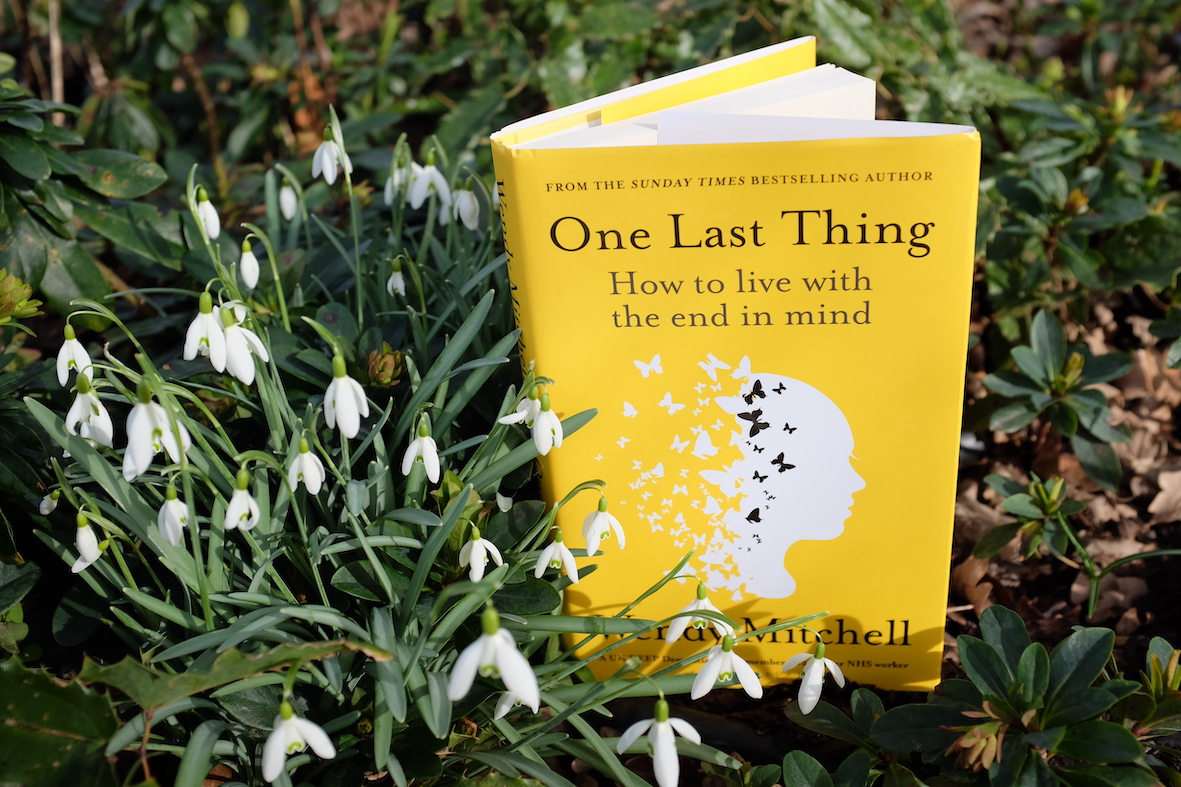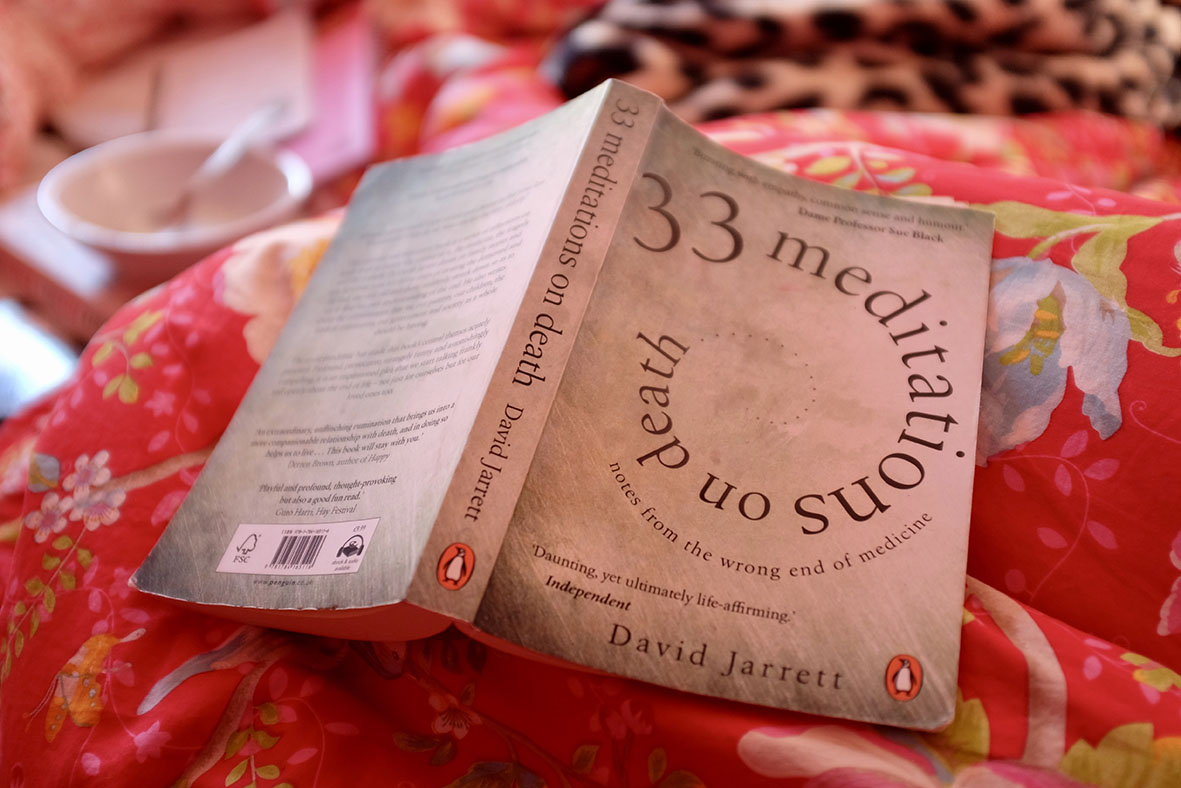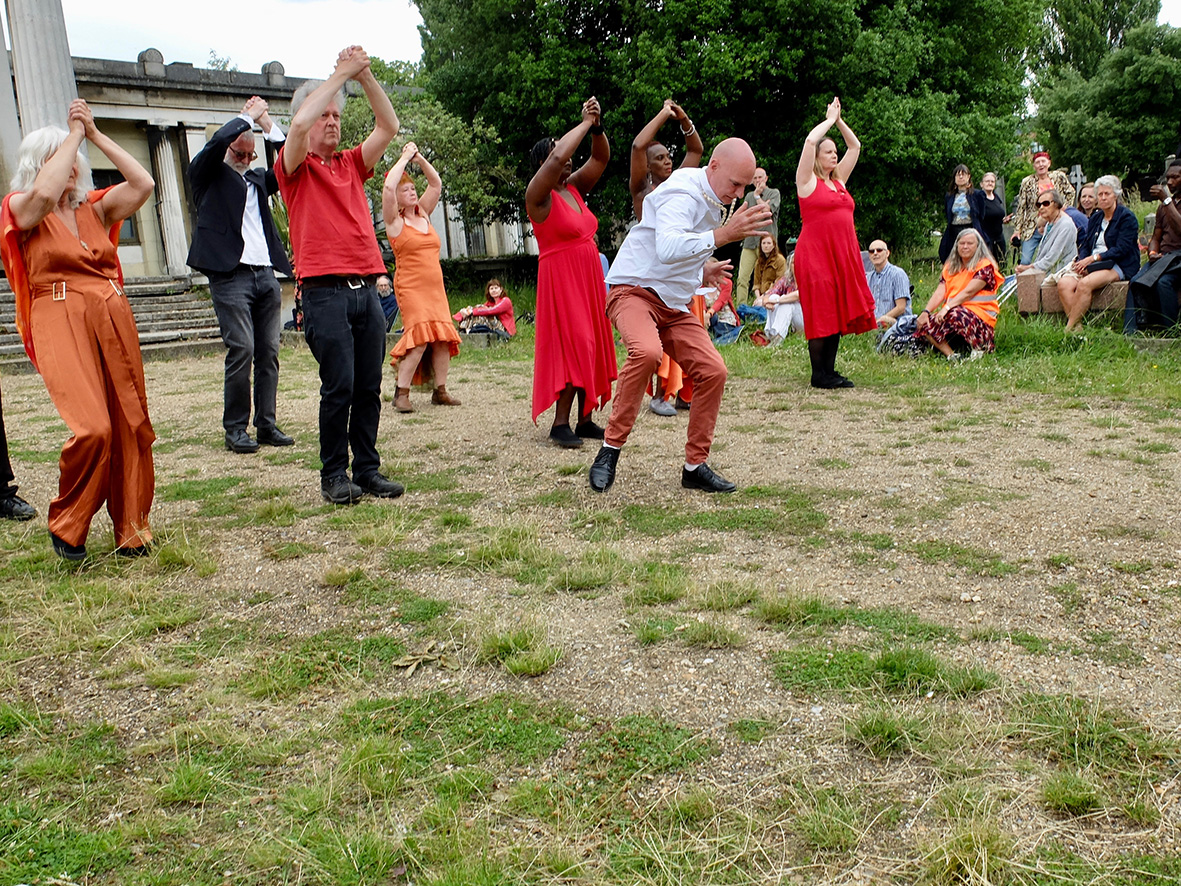31 Oct On Being a Care-Giver
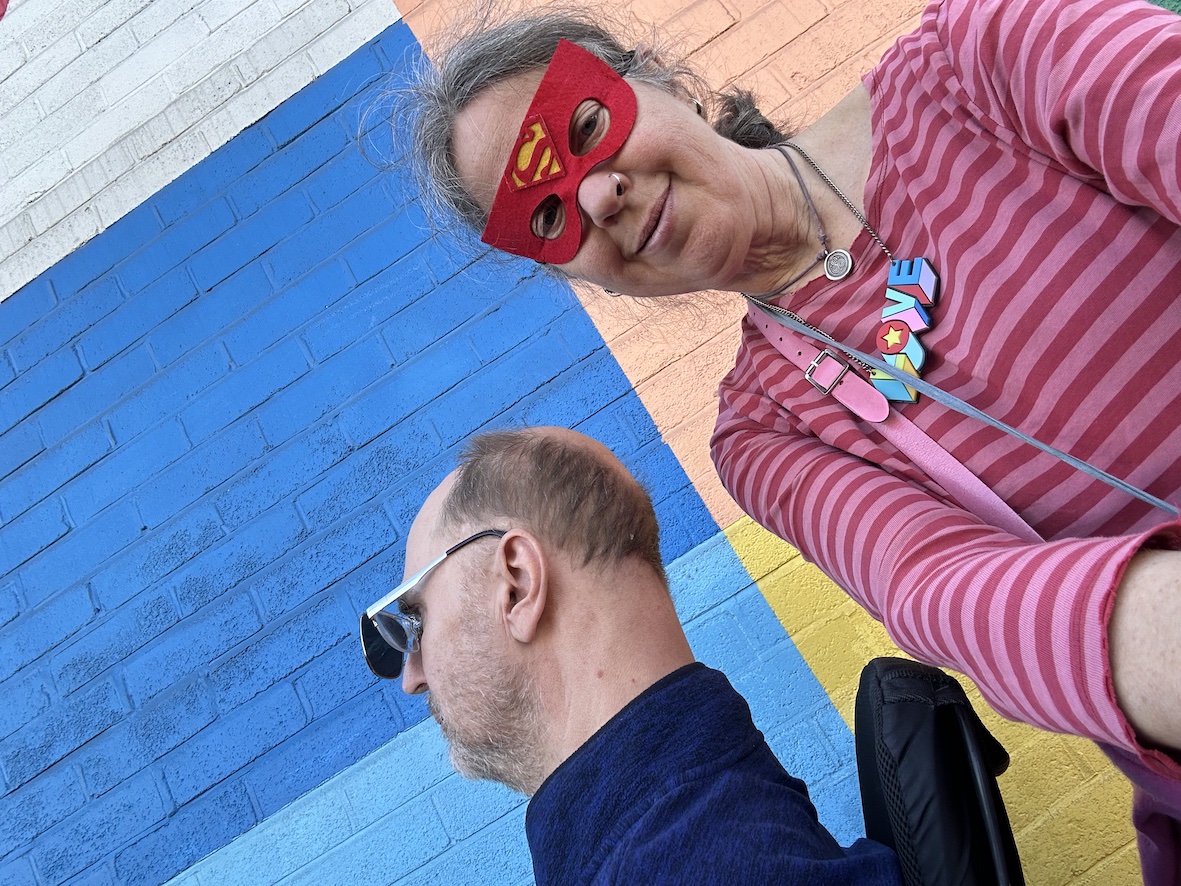 The Role of Care-Giver
The Role of Care-Giver
I am a care-giver, a part-time carer for a friend. Being a carer is not my livelihood. But care-giving has been one of my roles in life for as long as I can remember, including as a co-parent.
I learned early on to take care of others in order to get my own needs met. It began in small and subtle ways – taking care of a parent. It became more complicated, more involved, until ill health demanded that I examine my care roles closely and make changes.
Codependency in Care-Giving
It’s tempting to develop a ‘Saviour Complex’, but I am not a Super Hero. Being kind was a good way to feel good about myself. Doing things for another felt easier than trying to work out what I needed. Being a good girl topped up my self-esteem, allowed me to ignore my own needs, and kept me entangled in a co-dependent relationship with someone who, in an ideal world should have been my care-giver.
In order to return to health, I took a good long look at my tendency to care too much. I re-prioritized my life so that I came first. I re-assessed what I was able to give, and learned to give from my surplus energy. And I recognised that there were people in my life who genuinely needed care – from me and others.
In restoring the balance to include my needs, and share the care load with others, I found a way to offer care in a more balanced way. Read about my ‘Recovery from Chronic Fatigue Syndrome’ to learn more about how I came into right-relationship with caring.
Finding Balance in Care-Giving
There have been a number of family members and friends that I have provided some care-giving to over an extended period. I try to commit to offering regular visits to one person, (despite there being several in my close orbit who would choose more contact).
On the day that I visit someone, I try to ensure that I have met my needs first. On a visiting day, I will ensure that I have slept enough, eaten well, enjoyed some time in nature, and taken care of any very urgent tasks.
I include a walk as part of my journey to the care home, often using my journey time to call friends and read on the train. I try to include something restorative for me, in my visit. I may have a nap, eat something delicious or find a way to include creativity. This way, my care visits feel nourishing to both the person I care for, and me. In addition, there are often mutual expressions of love and gratitude.
Care-Giving After a Stroke
Eight years ago, Alex – a close friend – had a massive stroke. Brain surgery followed. For the first six months he could not sit up or eat. His speech was very limited, and he lost about twenty years of memory. He has limited movement and feeling on one side of his body.
Six months later, Alex made an unexpected sudden recovery of his speech, re-learned how to sit up, eat and drink. Now he spends his day in a wheelchair, and is able to chat for short periods. His brain injury severely limits his capacity and his motivation to do anything.
In the wake of the stroke, I wanted to support him to recover. The thing about strokes is that they vary in cause, site of injury, and severity. There is no clear guarantee of how much or whether someone will be able to recover, or how long recovery will take. The stroke Alex suffered was severe. We didn’t know if he would survive, and if he did, we didn’t know what the impact would be.
Ambiguous Loss
Brain injury, like dementia can be one kind of ‘Ambiguous Loss’. Pauline Boss coined the term to describe mourning a loss or absence that has not yet completed, or is unresolved.
I have lost much of the friend Alex was before the stroke. He is able to remember some of our shared past. Our history together goes back forty years. But for his pre-stroke partner, there is the additional sorrow that he has forgotten their well-established relationship. Alex’s body is still present, but in a different physical state. His mind is also much changed, although his personality remains in-tact.
Alex grieves the absence of who he was. He mourns the loss of his former identities, as he doesn’t remember the things that used to make up his life – his home, his job, his hobbies, his passions, his relationship, his friendships. He grieves the loss of what he used to do, the pleasures and pastimes that gave his life meaning and purpose. He has also lost his perceived potential, his future hopes and dreams. He carries many regrets of what he didn’t do while he was able to.
Learning to Care Without Expectation
For the last eight years, I have visited Alex most weeks. He lives in a care home, and is supported by the staff there, and a small core team of friends. Learning how to offer my care in a way that works for him continues to be a deep learning journey.
We sit together, in his room, with his grief, about all that has happened to him. And I sit with my grief about him and all that I cannot change for him. We sit with our mortality, and our helplessness.
After the first three years, I stopped hoping for change, for some improvement in Alex’s cognitive and physical health. Since then, we have developed a mutual intimacy that is not burdened with my expectations. This is a very personal, slow tending to grief. It requires letting go of trying to change anything.
Being With as Grief Tending
I sit, with as much attunement as I can. I sit with presence, available for conversation or tasks. When I sit with Alex, my company helps him to regulate. My ‘being’ is much more helpful than my ‘doing’ anything.
“When you are here, I feel secure,” he says, closing his eyes for a nap.
This sitting alongside someone in difficulty requires patience and simple kindness. There is often no action necessary, no quick fixes, no guided process. Being with someone who has brain injury requires me to follow their requests and slow pace, without expectation of any particular outcome.
Understanding the Symptoms of a Stroke
Jill Bolte Taylor’s Ted Talk ‘My Stroke of Insight’ gives a fascinating description of her perspective as a neuroanatomist undergoing a stroke. In her book of the same name, she offers a great list of tips on how to be with someone who has had a stroke.
Make sure that you are familiar with FAST – the acronym for the quick check to recognise if someone has the symptoms of a stroke. FAST stands for FACE, ARMS, SPEECH, TIME. Time is critical for someone who may be having a stroke.
Support for Care-Givers
Care-giving can be hugely rewarding. It can also be relentless, boring, distressing and difficult. People may undervalue or not recognise the time, skill and energy that care-giving requires. It is also a role where those who do it may need support, and a place to bring their grief. There may be many losses along the way towards someone’s eventual end-of-life, and they are worthy of grieving. Care-givers are welcome at Grief Tending events.
Sarah Pletts is a Grief Tender and Artist who offers workshops in London and online, sharing rituals where grief on all themes is welcome. For more information about Grief Tending events see here.
